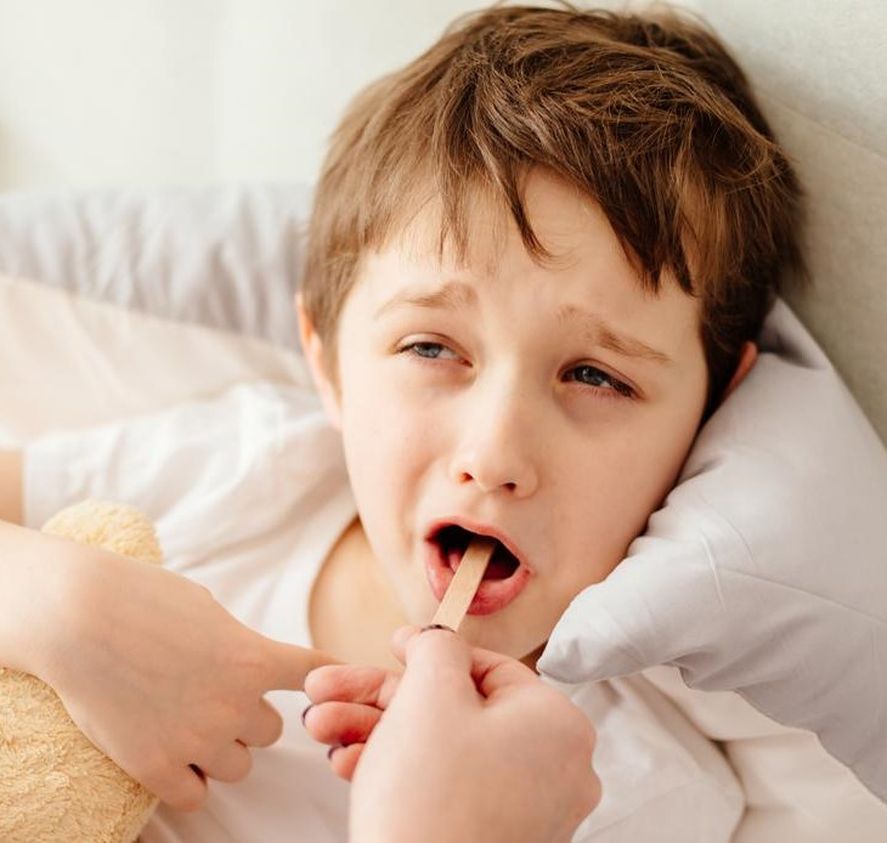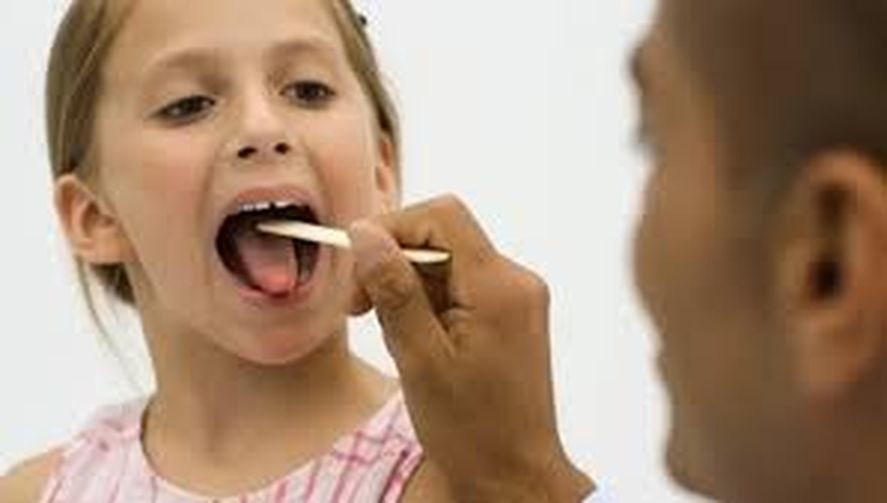He added: “Streptococcal infection is diagnosed by rapid testing of material obtained from a facial swab, either by culture, isolation, identification and typing (in cases of pharyngeal Performed by isolating microorganisms. Fluids. Usually sterile in case of invasive GABHS disease. Due to the increase in pediatric outpatient clinics, it is convenient to consider the different clinical presentations of pharyngeal tonsillitis and when to suspect severe invasive disease due to GABHS” .
Regarding the transmission of this bacterium, Dr. Silvia González Ayala explained that the infection occurs through close contact with an infected person and can be transmitted through saliva, sneezing or contact with wounds.
The incubation period varies according to clinical presentation and is 1 to 3 days. Infected individuals need to be treated with antibiotics for at least 24 hours to eliminate their ability to spread.
For erosive pharyngitis and impetigo, it is important to consider that some clinical features may be more commonly associated with bacterial or viral etiologies, and that features of pharyngeal erosions due to SGBA are usually present in children over 3 years of age and predominate in school-age Some of the following symptoms predominate: acute onset of sore throat, dysphagia, fever, headache, abdominal pain, nausea and vomiting, pharyngeal tonsil erythema/palate petechiae, pharyngeal tonsil discharge, uvula congestion, edema, anterior cervical lymphadenitis , scarlet-like rash (scarlet fever) type). adenosis.
Children with the above symptoms and signs suggestive of a viral etiology are unlikely to have strep throat and should not be tested.
Instead, children with acute onset of sore throat and signs and symptoms such as: pharyngeal discharge, pain when swallowing (alcophagia), fever, palpable and swollen lymph nodes, palatal petechiae, and rash should be given Research on rapid diagnostic methods. Test/gastric culture.
Compared with throat cultures, the sensitivity of the rapid diagnostic test was 95%. Thus, a positive rapid test: indicates the need for antibiotic treatment; if negative, confirms that the result is valid by culturing the exudate from the tap.
If a rapid diagnostic test is not available, culture the exudate from the tap; until results are available, the patient can be given empiric drug therapy as clinically appropriate. Group A beta-hemolytic streptococci (GASB) are sensitive to penicillin, which is the antibiotic treatment of choice.
If the child continues to have a fever or poor general condition, refuses to eat, or changes in skin color, he should go to the hospital for examination immediately.
For impetigo with highly contagious citrine-crusted ulcer lesions, hygiene with white soap is essential to eradicate localized disease and limit human-to-human transmission by GABHS. It is necessary to evaluate the patient for systemic antibiotic therapy and hospitalization. In addition, due to the severity and rapid evolution of severe skin lesions, known as “flesh-eating bacteria”, treat with penicillin, an antibiotic of choice, reduce fever, and go to the doctor’s office.
Regarding the national epidemiological situation, Dr. Silvia González Ayala said, “During 2023, the National Health Surveillance System (SNVS) has received 118 confirmed cases of invasive GABHS infection across the country, of which 16 died. The country with the highest cumulative number of confirmed cases in 2023 The provinces are Buenos Aires (35 cases), Santa Fe (20 cases), Chubut (10 cases) and Tierra del Fuego (10 cases). The minimum age of confirmed cases in 2023 is 0 years old, The oldest is 83 years old, and the median age is 16. Among the total number of confirmed cases, there are 51 cases (43.2%) under the age of 10.
In terms of sex, 50 cases of legal female sexual activity and 68 cases of legal male sexual activity were reported. Deaths with confirmed invasive GABHS infection in 2023 were from the following provinces: Buenos Aires (4), Chubut (2), Mendoza (1), Río Negro (2), San Luis ( 1), Santa Fe (3) ), and Tierra del Fuego (3). Of the total number of deaths, 1 corresponds to the “bacterial meningoencephalitis” event and 15 corresponds to the “other invasive bacterial infection” event. In the last event, the most commonly referred diagnoses were: septic shock and necrotizing fasciitis”. He added: “With regard to the confirmed cases of invasive GABHS infection in previous years (2019-2022), it is important to Take into account that 2022 (cut-off year) has registered the highest number of cases so far, with 75 cases reported. The number of cases in 2023 is 281% higher than the same period in 2019.
It should also be noted that no emerging invasive lineages were identified in terms of laboratory monitoring conducted and reported by national reference laboratories. There is also no evidence that circulation or dissemination of invasive M1uk, emm 3, and emm 89 clones led to a sudden increase in invasive disease in the United States, Canada, the United Kingdom, and Europe. The prevalence of individual emm types, emm groups, or virulence profiles did not change significantly: the emm1 type sequence type28 remained the most prevalent, followed by emm12 type. However, due to the existence of highly virulent clones in emm1 clones, before the emergence of new lineages, viral tumor analysis was performed on popular isolates in my country for monitoring and detection based on virulence gene analysis. The speA, speG, speJ and smeZ1 superantigen genes, the same virulence profile were detected in emm1-sequenciotype 28 isolates from 2018 to the present. Deletion of the speC superantigen gene was observed in the largest fraction of emm1 strains circulating in our country, which arose through the acquisition of novel phages encoding ssa and speC superantigens that produced a highly invasive lineage, described in UK. 2020. Therefore, to date, there is no evidence of the emergence of this invasive M1uk lineage in our country”.
When asked about the treatment of Toxic Shock Syndrome (TSS), Dr. Silvia González Ayala explained that Toxic Shock Syndrome (TSS) is a severe form of group AB hemolytic streptococcal infection (GASB). Some pediatric populations have reported a mortality rate of 34%, with sequelae in about 26%. Early clinical suspicion is important to establish appropriate treatment as early as possible. Appropriate fluid and electrolyte management in emergencies, systemic antimicrobial therapy, intravenous immunoglobulin, and aggressive drainage of affected tissues are fundamental pillars of the management of TSS and streptococcal necrotizing fasciitis, two diseases that constitute serious pediatric medical emergencies.
Dr. Silvia González Ayala, President of the Argentinian Society of Pediatric Infectious Diseases, concluded: “Vigilance is necessary to allow early diagnosis and timely appropriate management in emergency situations to improve the prognosis of invasive diseases.” (SADIP). and Buenos Consultant in Infection of the Federation of Medicine of the Province of Es Aires (FEMEBA).
For more information, visit: www.femeba.org.ar.





